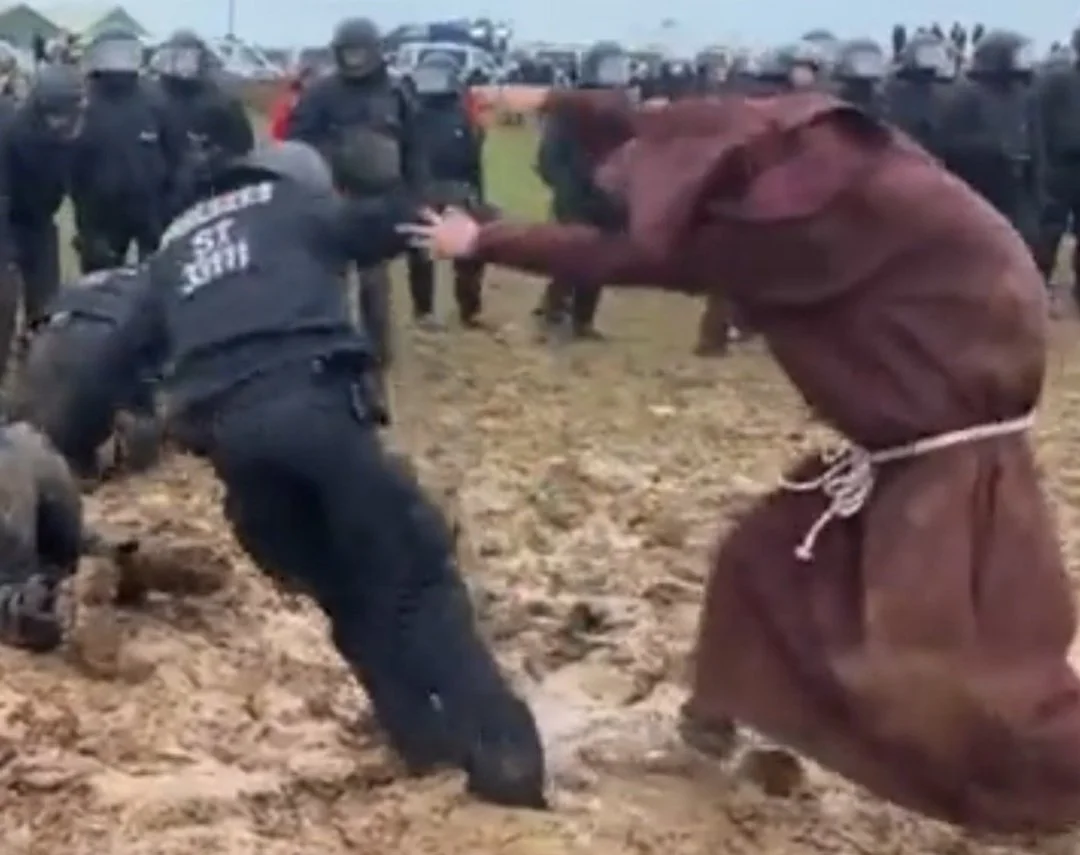We are now witnessing what the historian Richard Rhodes termed “public man-made death,” which, he observed, has been perhaps the most overlooked cause of mortality in the last century. Brooke Nichols, the Boston University epidemiologist and mathematical modeller, has maintained a respected tracker of current impact. The model is conservative, assuming, for example, that the State Department will fully sustain the programs that remain. As of November 5th, it estimated that U.S.A.I.D.’s dismantling has already caused the deaths of six hundred thousand people, two-thirds of them children.
The toll is appalling and will continue to grow. But these losses will be harder to see than those of war. For one, they unfold slowly. When H.I.V. or tuberculosis goes untested, unprevented, or inadequately treated, months or years can pass before a person dies. The same is true for deaths from vaccine-preventable illnesses. Another difficulty is that the deaths are scattered. Suppose the sudden withdrawal of aid raises a country’s under-five death rate from three per cent to four per cent. That would be a one-third increase in deaths, but hard to appreciate simply by looking around.



Can’t say that the next dark age was accidental.